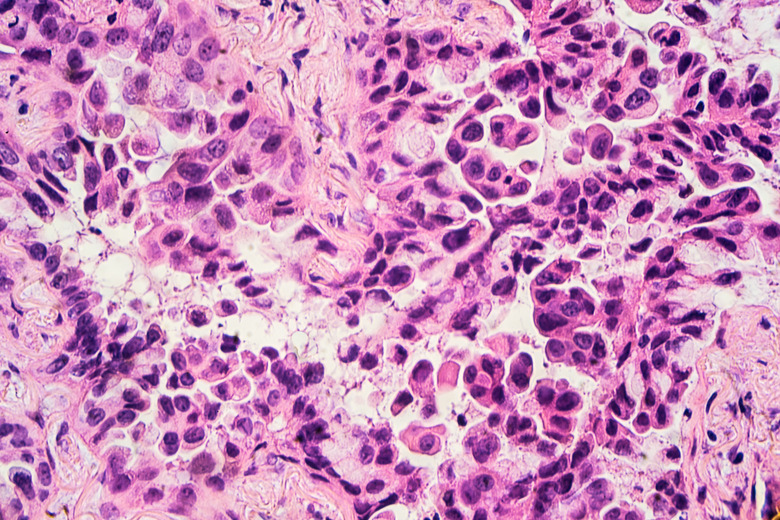The Difference Between Anaphase, Interphase, Metaphase And Prophase
As living organisms grow, their cells must replicate and divide. Most animal cells, except for sex cells, undergo the process of mitosis to create new cells. Through mitosis, one cell creates two genetically identical daughter cells. Mitosis is a complex process consisting of multiple phases; anaphase, interphase, metaphase and prophase. Each phase has its own steps and is integral to the entire process.
Interphase and Chromosome Replication
Interphase and Chromosome Replication
Most cells in the body spend a lot of time in interphase. This phase itself is broken down into three subphases, G1, S and G2. During G1 the cell completes its normal functions, like protein synthesis and growth. Throughout G1, the chromosomes are located within the nucleus and are not visible. Next, the cell moves onto the S phase, when each DNA molecule in the chromosomes is replicated. After replication, the G2 phase begins, and the cell resumes normal functions.
Prophase Movements
Prophase Movements
At the start of prophase, the chromosomes condense and can now be seen under a microscope. The nucleus will disappear, freeing the chromosome pairs. The centrioles begin to migrate toward the far ends of the cell while the mitotic spindle forms. Spindle fibers from each side of the cell attach to one side of each chromosome pair.
Metaphase Lineup
Metaphase Lineup
Between prophase and metaphase, prometaphase happens. At this time, proteins wrap around the center of the chromosomes to make kinetochores. During metaphase, the spindle fibers move the chromosome pairs to the center of the cell in alignment. This is a vitally important step in the process of cell division. If the chromosome pairs are not lined up properly, the daughter cells won't receive only one copy of each chromosome. This could potentially lead to genetic defects in the cell.
Anaphase and Division
Anaphase and Division
Once the chromosomes are in proper alignment, anaphase begins. During this phase, the chromosome pairs are separated by the kinetochores, and the single copies begin to move away from the center. After they reach opposite ends of the cell, two new nuclei begin to form around the chromosomes. The chromosomes then unwind again and aren't visible anymore. Cytokinesis then occurs to completely separate the cell into two daughter cells.
Cite This Article
MLA
Malesky, Mallory. "The Difference Between Anaphase, Interphase, Metaphase And Prophase" sciencing.com, https://www.sciencing.com/difference-between-anaphase-interphase-metaphase-prophase-19258/. 13 March 2018.
APA
Malesky, Mallory. (2018, March 13). The Difference Between Anaphase, Interphase, Metaphase And Prophase. sciencing.com. Retrieved from https://www.sciencing.com/difference-between-anaphase-interphase-metaphase-prophase-19258/
Chicago
Malesky, Mallory. The Difference Between Anaphase, Interphase, Metaphase And Prophase last modified March 24, 2022. https://www.sciencing.com/difference-between-anaphase-interphase-metaphase-prophase-19258/
